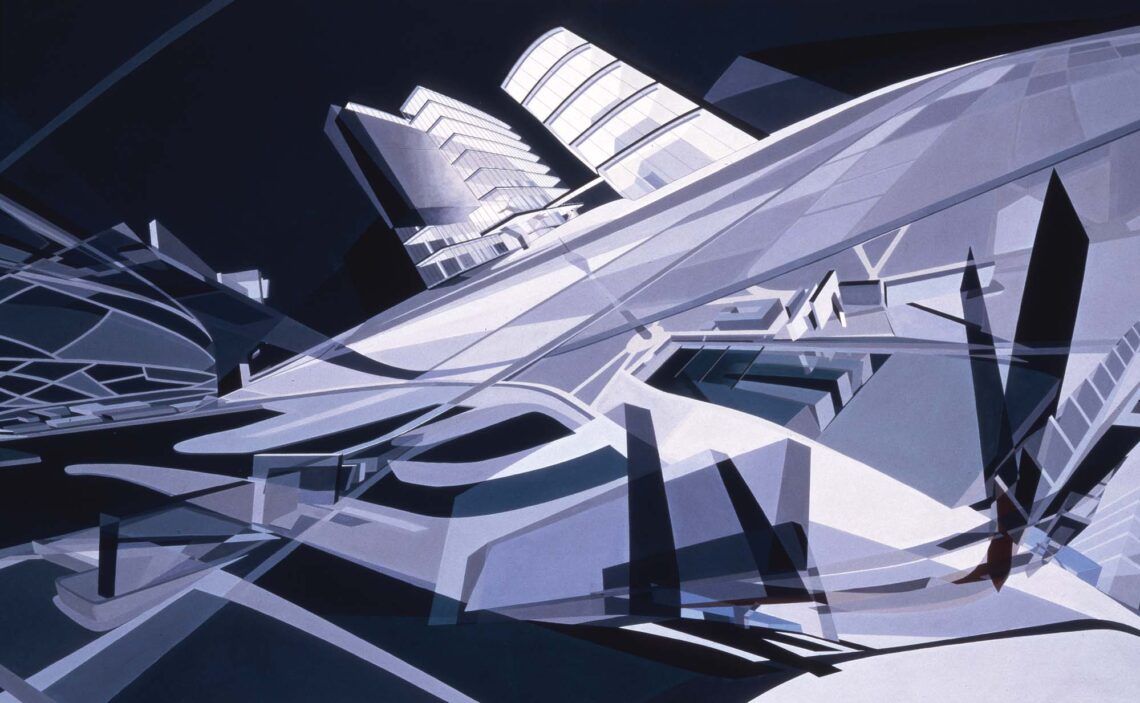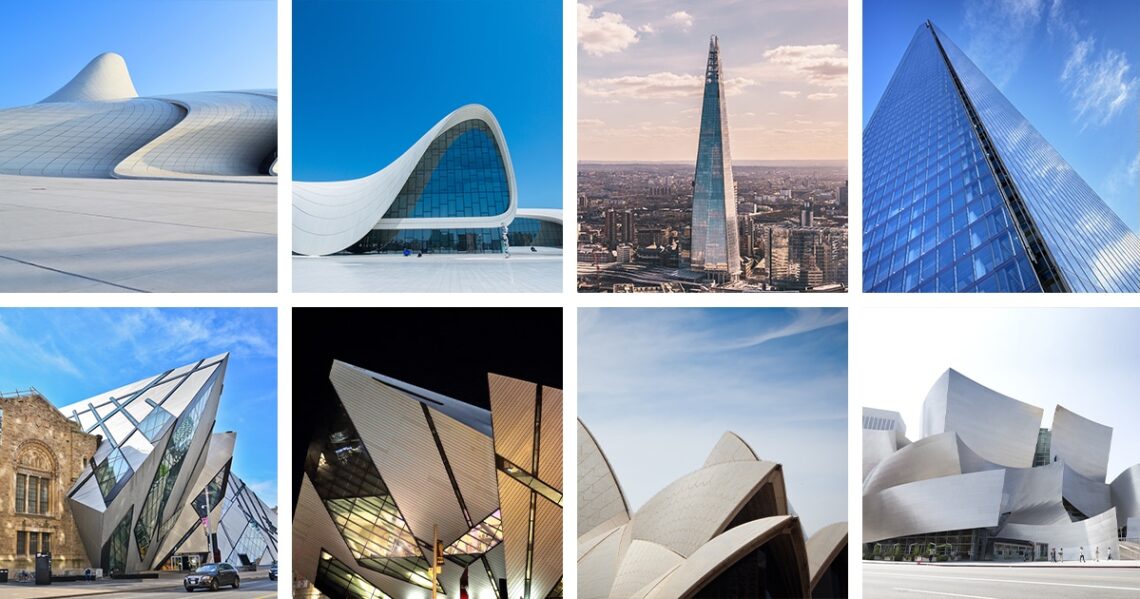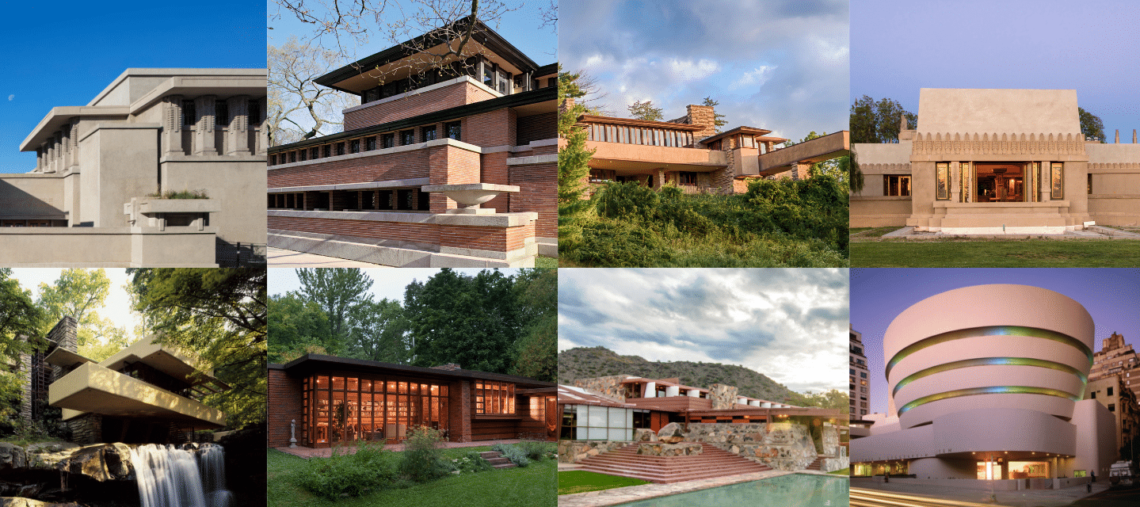-
Everything you need to know about avant-Garde architecture
Similar to modernism, Avant-garde architecture is a unification of art with life. Starting in the 19th to 20th century, it was rather disruptive, radical and controversial, fighting against consensus and looking for disruption. Taken literally, the avant-garde refers to the front of a marching army, the scouts that first head into unknown territory. Today, this form of artistic and architectural style radicalises the basic principle of modernity: the urge toward continual change and development. Origins of Avant-Garde architecture Political, economic and socialist theorist Henri de Saint-Simon was the first one who drew the analogy between radical art practices and an advancing military formation: “We artists will serve you as an…
-
All About Contemporary Architecture – Origins, Features, Pioneers and More
Contemporary is the term used for architecture of the 21st century. The word itself means belonging to or occurring in the present, modern time. Unlike some other architecture periods, contemporary architecture is not a movement, but a style reflecting the trends of the time a home is built. Despite this style lacking a representation of any particular age, past movements can inspire contemporary design. Along the same line, assorted elements from previous architectural styles often influence contemporary homes as well. In this article, you will uncover the significance of contemporary design, its origins and characteristics. Contemporary architecture – what is it? Contemporary is the term used for architecture of the…
-
The History of Modern Architecture
“Modern architecture is not a style, it is an attitude” MArcel Breuer Introduction In short, modern architecture is a style of building that emphasises heavily on function. It usually involves sharp, clean lines that strays away from the styles of Victorian, Queen Anne, and Gothic Revival. Modern architects work in ways that focus more on a building’s functionality and utility, rather than its beauty. It is unsentimental, unlike revivalist style, and instead, bears innovation and minimalisms. Origins The dawn of modern architecture came at a time where revolutions in technology, engineering and building materials were taking place. When hand-laboured craftsmanship was being replaced by machineries and industrialisation. It emerged at the…











